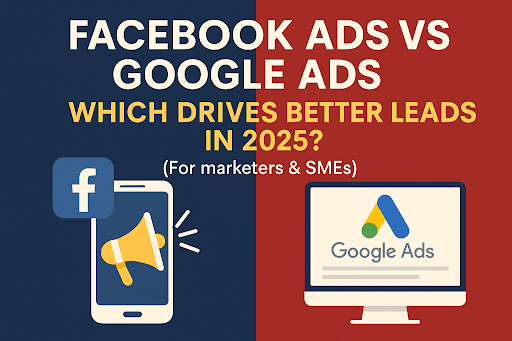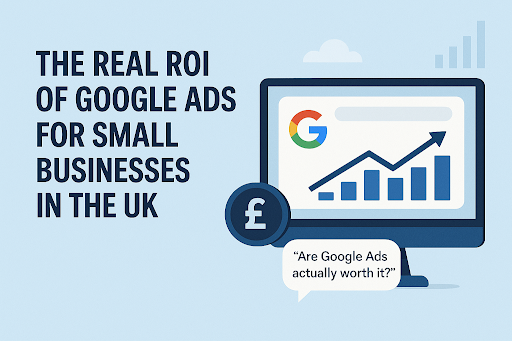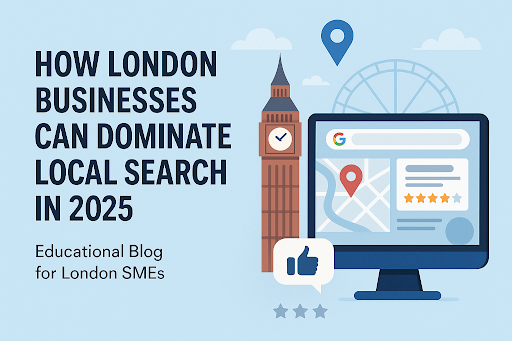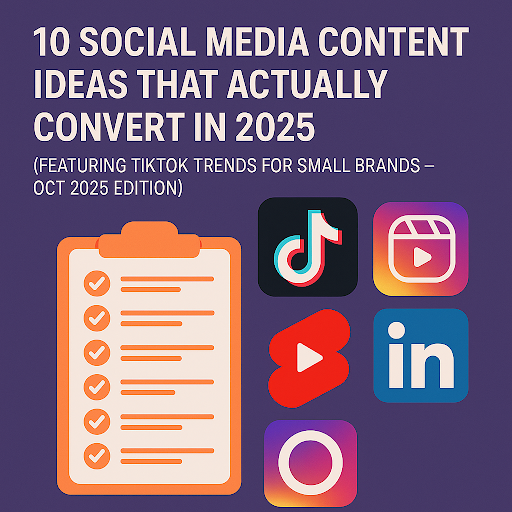
May 19th, 2025
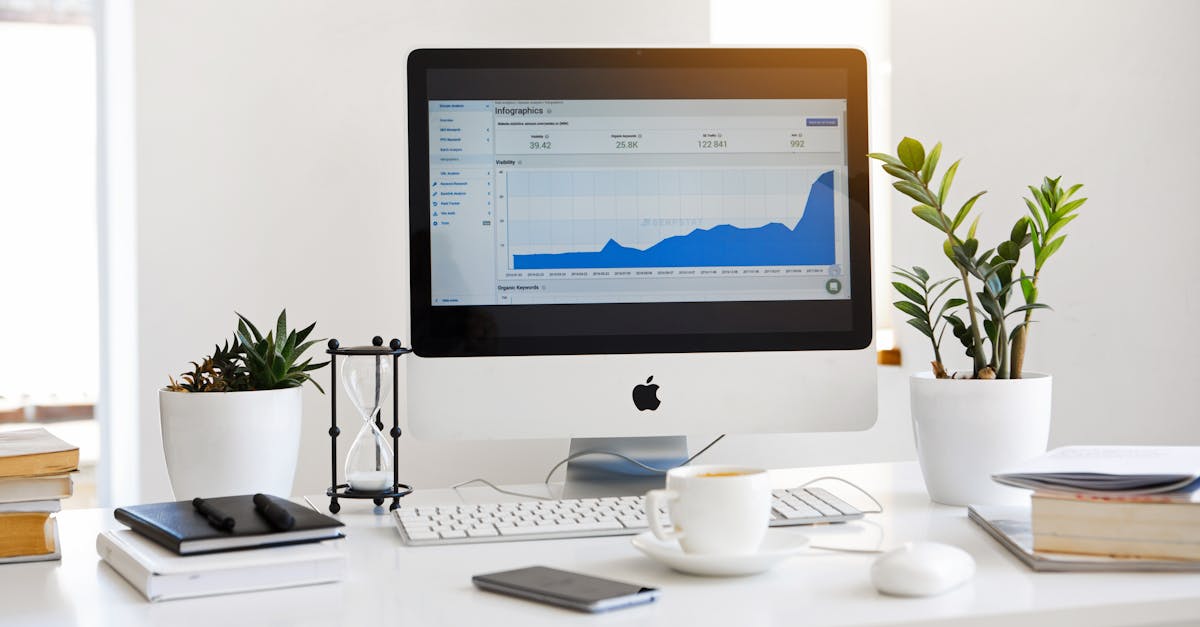

Written by Bobby Abrams
For ambitious ecommerce brands and retailers, Google Shopping represents far more than just another foray into digital marketing—it’s where control over your cost and scale shapes genuine growth. As an agency that’s obsessed with campaign efficiency and sustainable, profit-centric expansion, we know firsthand how the right bidding strategies can become a growth lever, not just a budget drain.

With Google Shopping’s growing role in the retail clickstream, simply setting your bids and crossing your fingers is a thing of the past. At EClickPro, we see bidding as both science and art—it’s about giving each product the budget it truly deserves, scaling winners, containing costs, and outpacing the competition (without just spending more).
Before you even touch the bidding interface, pause and consider: What would true growth mean for your business? Revenue at all costs, or profitability? Fast sales, or a steady pipeline? Key metrics that should inform your approach:
Know your break-even points and healthy CPA (Cost Per Acquisition) for sustainable advertising.
Avoid boosting products you can’t fulfill or have deep overstock on.
High-LTV items can handle a higher CPA, supporting growth-focused bidding.
If you’re just starting or run highly niche products with unpredictable conversion rates, manual CPC bidding provides total control. But as campaigns mature, automation can free you up to focus on strategy. Here’s how we view it at EClickPro:
Ideal for launching new products, experimenting, or when you have limited data; allows granular control by product/ad group.
Google adjusts manual bids based on conversion likelihood—good for initial automation without losing all control.
Useful for visibility drives, such as new inventory launches, but be careful—it might not align with profit or ROI goals.

An essential strategy for efficiency-focused ecommerce brands. You set a target ROAS (Return on Ad Spend), and Google optimises bids toward that goal. This strategy is powerful for margin management and sales growth—when fed enough data.
We recommend graduating to automated strategies only once your campaign achieves 30+ conversions in the last 30 days for optimal results.
Bidding strategy doesn’t stop with bid type. One of the biggest levers for sustainable campaign growth is how you segment your feed. By structuring your campaigns around margins, brand, price points, and best-sellers, you avoid the biggest Google Shopping pitfall: treating all products as equal.
Segregate and bid more aggressively—or use higher target ROAS thresholds.
Control their spend by splitting them into their own campaigns or ad groups with stricter bid caps/ROAS targets.
Separate products often searched by your brand (lower cost, higher intent), from those that are generic or competitive (requiring tighter control).
Effective segmentation, paired with a strong bidding approach, is at the heart of delivering true campaign efficiency.
Sustainable growth sometimes means finding what isn’t obvious at first glance. Beyond product-level segmentation, here’s where else we tune spend for clients:
Allocate more budget to regions or cities where your ROAS is consistently best—or where you hold inventory close to customers for faster delivery.
If mobile users convert at half the rate of desktop but cost the same per click, use device bid modifiers to reduce spend or direct mobile traffic towards best-performing SKUs.
Bid up for remarketing lists or users who’ve engaged but not converted. Custom audiences (past purchasers, high-intent visitors) can transform efficiency.
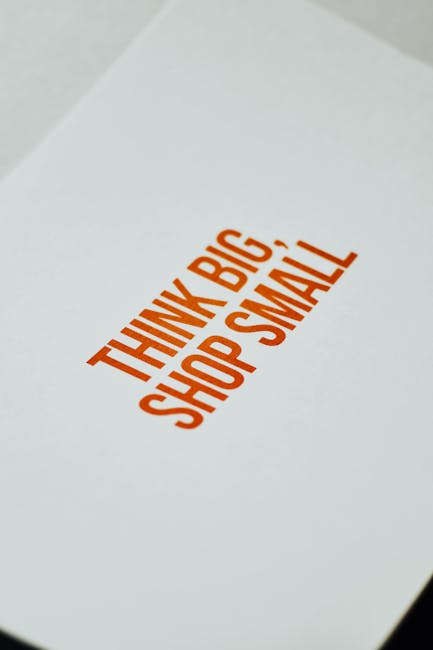
No Google Shopping bidding strategy survives first contact with live spend. Campaign efficiency and lasting growth demand relentless refinement:
Regularly negate wasteful queries and direct spend to high-converting terms.
Boost bids when your audience is historically most likely to buy—reduce during lulls to minimise waste.
Feed quality directly impacts your campaign’s performance. Well-written titles, category mapping, and using additional product attributes (promotions, best seller status, etc.) drive conversion rates up and click costs down.
Anticipate and prepare for trends (holidays, Black Friday, weather, etc.), flexing bids and budgets proactively.
Routinely shift budget away from underperformers to support winners. Make this a scheduled monthly or fortnightly action.
“Growth at all costs” isn’t true growth if your efficiency craters. We’ve helped retailers reduce wasted ad spend by up to 40% simply through smarter campaigns, granular negative keywords, and ongoing bid adjustments.
Set upper limits for experimental ad groups or products with thin data..
Monitor impression share for bestsellers: if you’re hitting 80%+ and delivering strong ROAS, modest bid increases may unlock incremental profit.
Embrace a ‘test and learn’ mindset—try aggressive bids on a select few products each month, observe, and choose the right time to scale or cut back.
What makes our approach at EClickPro unique? We don’t believe in one-size-fits-all solutions. Every account receives a deep-dive audit, mapping margin, seasonality, and product lifecycle to the optimal bidding structure. Our dedicated project managers stay close to the data—communicating opportunities and risks in real time, not post-mortem.
We provide detailed reporting so you always know what you’re spending, earning, and where to find the next growth lever.
Efficiency is never accidental. We chase both incremental wins and bold shifts to keep your campaigns competitive for the long term.
Questions always answered—no marketing jargon or elusive explanations.

Give your most important products their own budget so they don’t get drowned out by low performers.
Add negative keywords to stop paying for irrelevant clicks.
If you haven’t tried automated bidding, run a 30-day test alongside manual campaigns.
Fix errors, optimise titles, and ensure categories are accurate.
Sustainable Google Shopping growth is ultimately about more than just adjusting bids—it’s about continuously aligning strategy, segmentation, and optimisation with your business goals. As Google automates more of the ad delivery process, the human touch—the proactive management, insight, and creativity—becomes more valuable.
If you’re ready to take control of your Google Shopping spend and drive truly measurable growth, we invite you to book a discovery call with EClickPro. Let’s work together to unlock your store’s full potential.

Bobby Abrams specialises in helping businesses achieve better results. With a decade of sales and consulting experience, he has worked with hundreds of companies across different sectors. Bobby is passionate about using the latest technology to shape strategy and works closely with expert teams to deliver impactful projects on behalf of his clients.
The information on this website is for general guidance only. EclickPro provides digital marketing services including SEO, Google Shopping, and Meta Ads, but results vary by client and are not guaranteed. We do our best to ensure accuracy, but we do not accept liability for actions taken based on this content. For personalised advice, please contact us directly.

